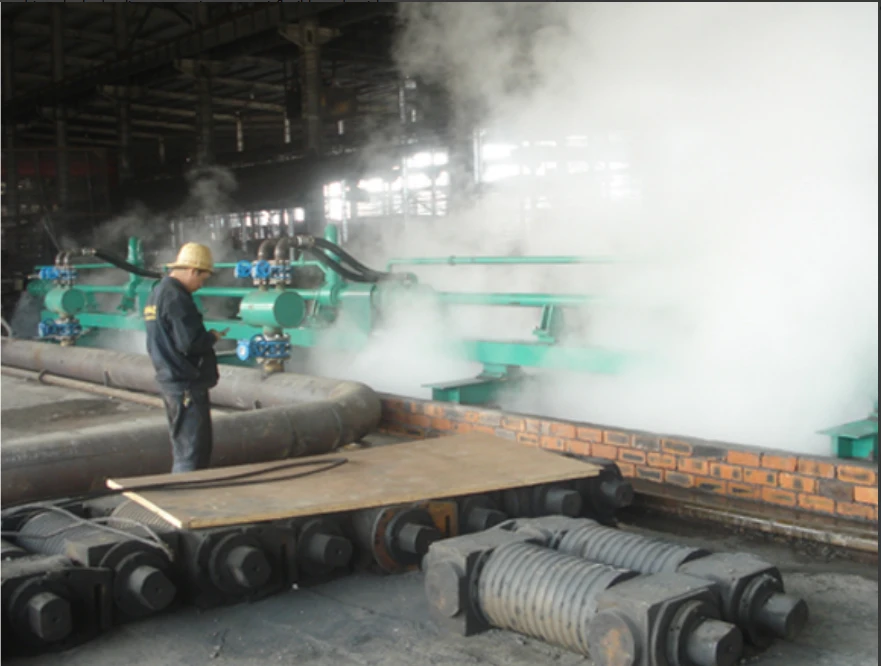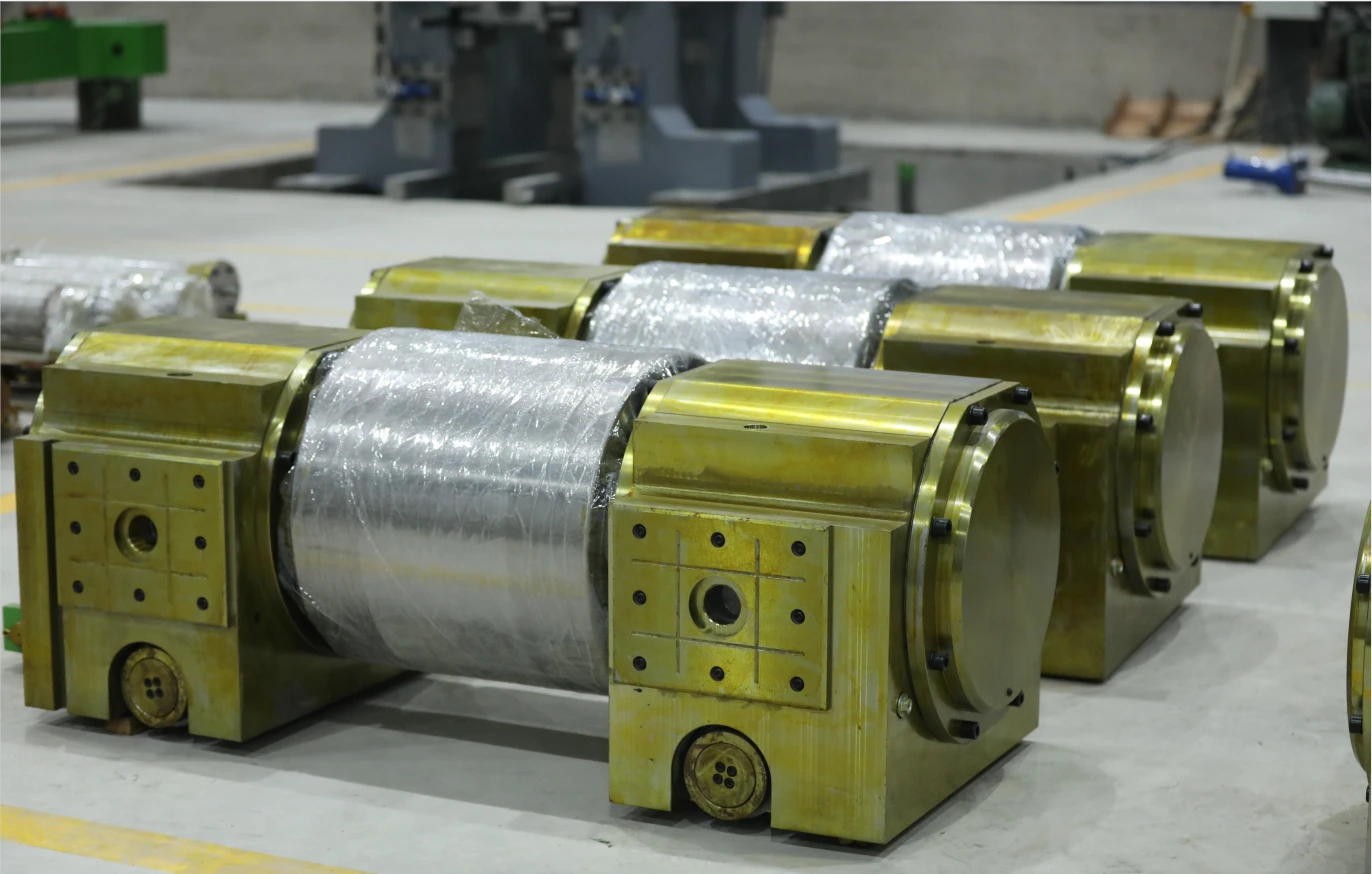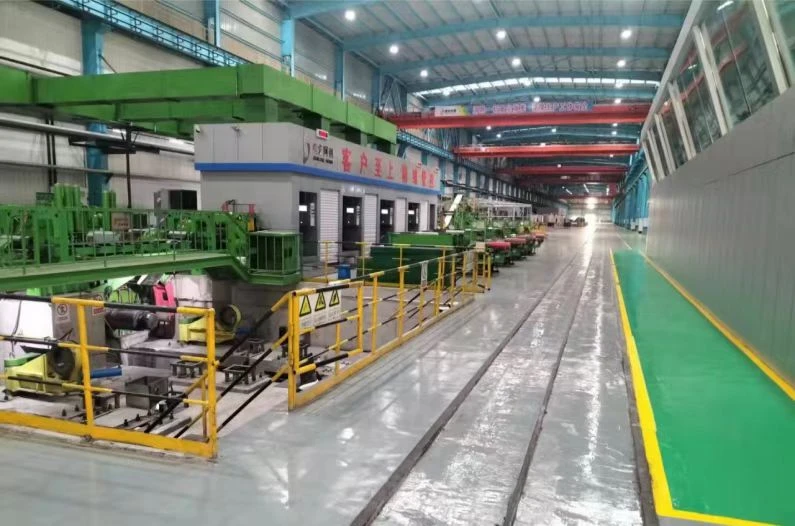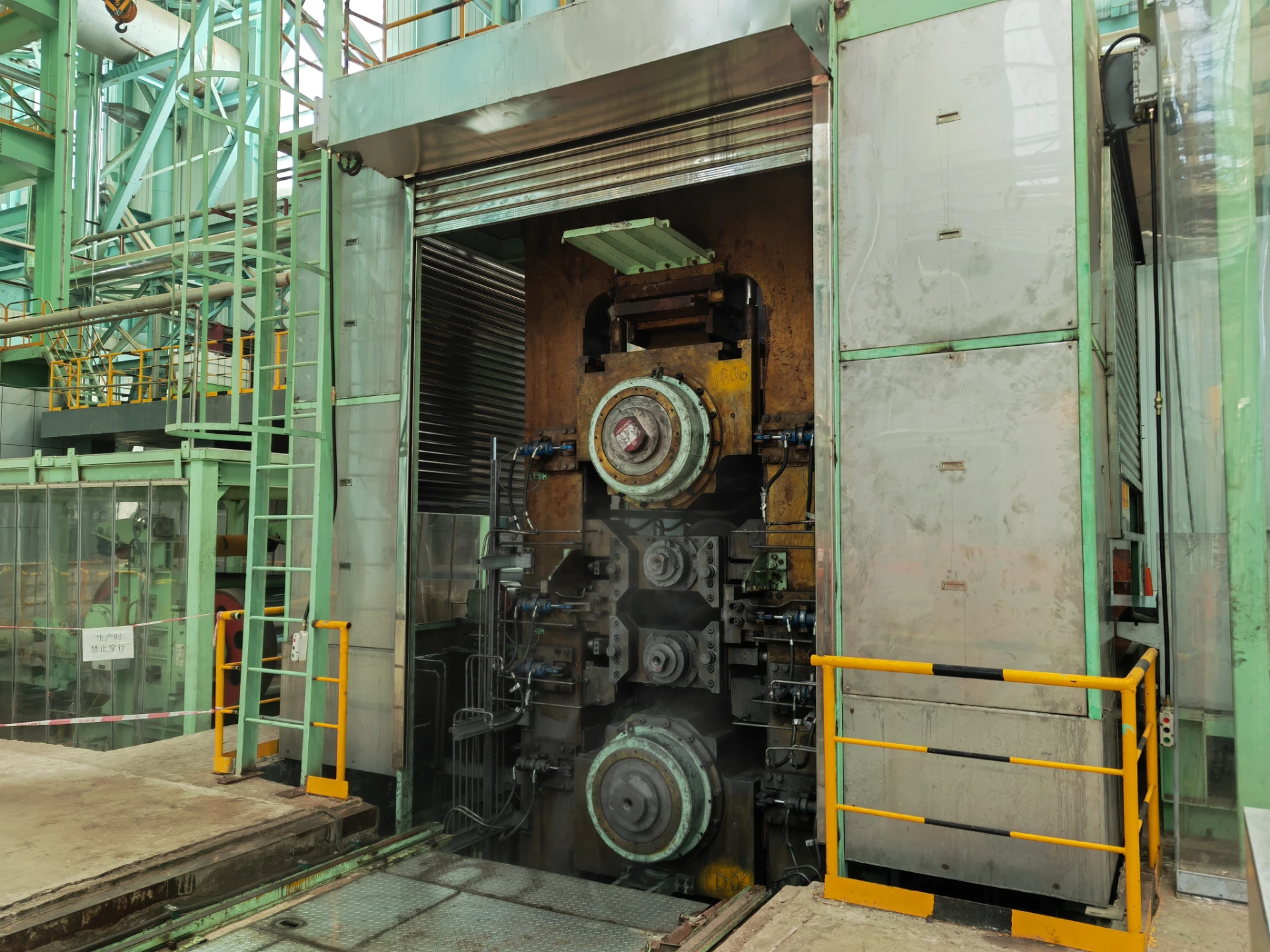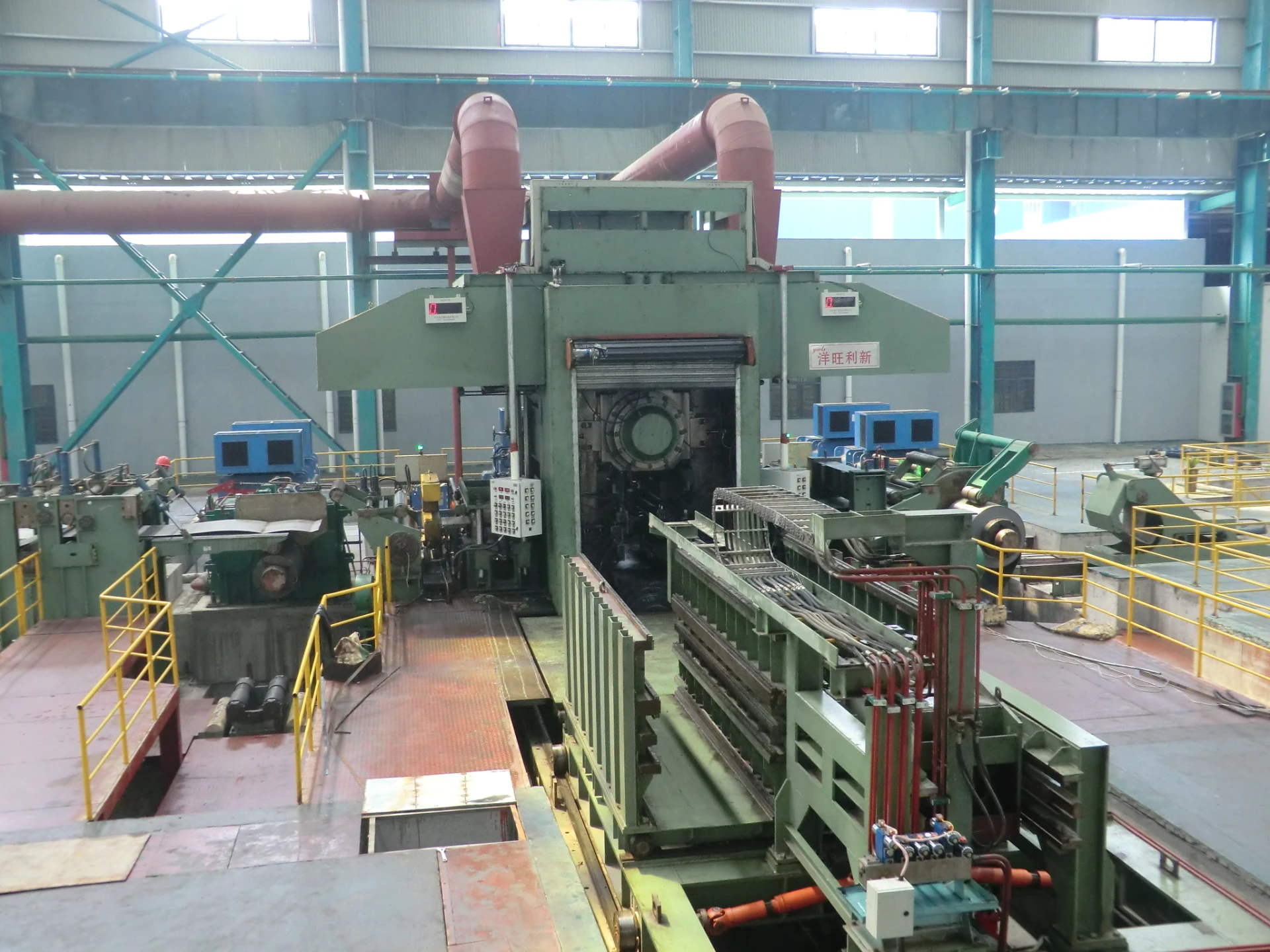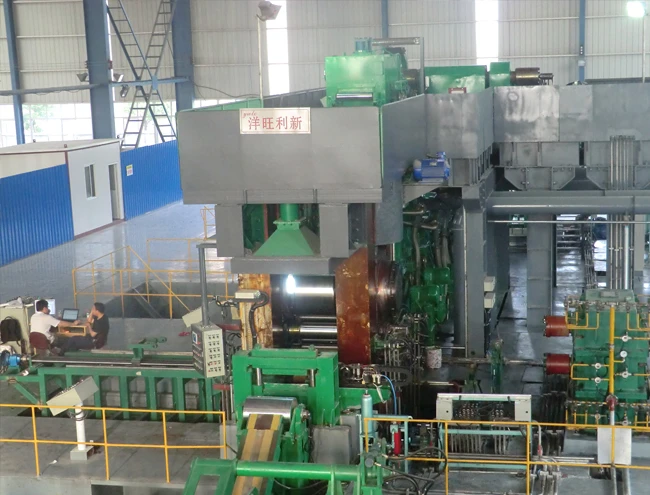
Exploring the Benefits and Trends of Overlay Cladding in Modern Architecture
Understanding Overlay Cladding Enhancing Aesthetics and Protection
In modern architecture and construction, the quest for innovative materials and design strategies has led to the increased use of overlay cladding. This method not only enhances the aesthetic appeal of buildings but also offers substantial protective benefits, making it a popular choice for both residential and commercial structures.
What is Overlay Cladding?
Overlay cladding refers to an exterior finishing system applied over existing surfaces to provide additional protection or aesthetic enhancement. This technique involves covering walls, roofs, or other surfaces with a secondary layer of material, which can range from wood and metal to synthetic panels. The primary purpose of overlay cladding is to improve the building's thermal performance, reduce maintenance costs, and extend the lifespan of the underlying structure.
Types of Overlay Cladding
1. Wood Cladding Wood remains a timeless choice for overlay cladding due to its natural beauty and versatility. Different wood species, such as cedar or redwood, can be used to achieve distinct finishes. Wood cladding not only enhances the aesthetic allure but also provides good insulation and thermal properties.
2. Metal Cladding Increasingly popular due to its contemporary appeal, metal cladding offers durability and low maintenance. Options include aluminum, steel, and copper, each bringing a unique aesthetic and functional benefit. Metal cladding is resistant to pests, rot, and weather damage, making it an excellent choice for various climates.
3. Vinyl Cladding Known for its affordability and ease of installation, vinyl cladding has become a common choice for residential homes. It comes in a variety of colors and styles, mimicking the appearance of wood or other materials while requiring minimal upkeep.
4. Fiber Cement Cladding Offering the best of both worlds, fiber cement combines the durability of cement with the aesthetic appeal of natural materials. It is fire-resistant, pest-resistant, and can withstand harsh weather conditions while providing a beautiful finish.
5. Composite Cladding Made from a mixture of different materials, composite cladding can mimic wood or metal while offering enhanced durability and lower maintenance requirements. This type of cladding is an eco-friendly option, often made from recycled materials.
overlay cladding
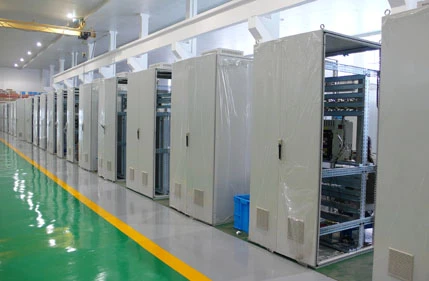
Benefits of Overlay Cladding
1. Enhanced Aesthetics One of the primary advantages of overlay cladding is its ability to transform the appearance of a building. Whether aiming for a rustic, modern, or traditional look, cladding materials can help achieve the desired architectural style.
2. Improved Insulation and Energy Efficiency Overlay cladding often provides additional insulation. The secondary layer can help regulate indoor temperatures, leading to reduced energy consumption and lower heating and cooling costs.
3. Protection from the Elements The added layer of material acts as a barrier against weather-related damage, such as moisture infiltration, UV exposure, and temperature fluctuations. This protection helps prolong the life of the underlying structure.
4. Reduced Maintenance Many cladding materials are designed to withstand weathering and require minimal care. This can translate into significant long-term cost savings for property owners.
5. Easy Installation Overlay cladding systems are often designed for straightforward installation, reducing labor costs and minimizing the time required to complete a project.
Considerations for Choosing Overlay Cladding
While the benefits are substantial, choosing the right overlay cladding requires careful consideration. Factors such as local climate, building codes, architectural style, and budget should all be taken into account. It's also essential to assess the properties of the chosen material, including its durability, maintenance needs, and potential environmental impact.
Conclusion
Overlay cladding has emerged as a highly effective solution for homeowners and builders looking to enhance the beauty, efficiency, and durability of their structures. With a wide variety of materials available, it is possible to tailor the approach to meet specific structural and aesthetic requirements. As the construction industry continues to evolve, overlay cladding will undoubtedly play a pivotal role in creating resilient and visually appealing buildings for years to come. Whether for new constructions or renovations, the right cladding choice can significantly impact both the performance and attractiveness of a property.
-
Indian Clients Visit YWLX to Inspect Skin-pass MillNewsJun.22,2025
-
Typical Products from Reversing Cold Rolling ProcessNewsMay.26,2025
-
Surface Finish Improvement through Skin Pass RollingNewsMay.26,2025
-
Integration of AGC Systems in Modern Cold Rolling MillsNewsMay.26,2025
-
Cold Rolling in the Context of High-Strength Steel DemandNewsMay.26,2025
-
AGC in Hot Rolling Mills: Challenges and SolutionsNewsMay.26,2025
-
Why Reversing Cold Rolling Mills Are Ideal for Specialty MetalsNewsMay.13,2025



